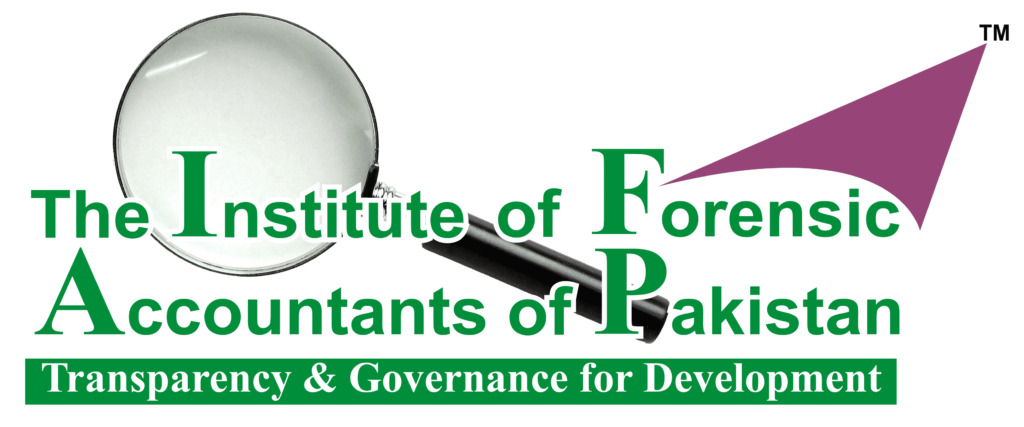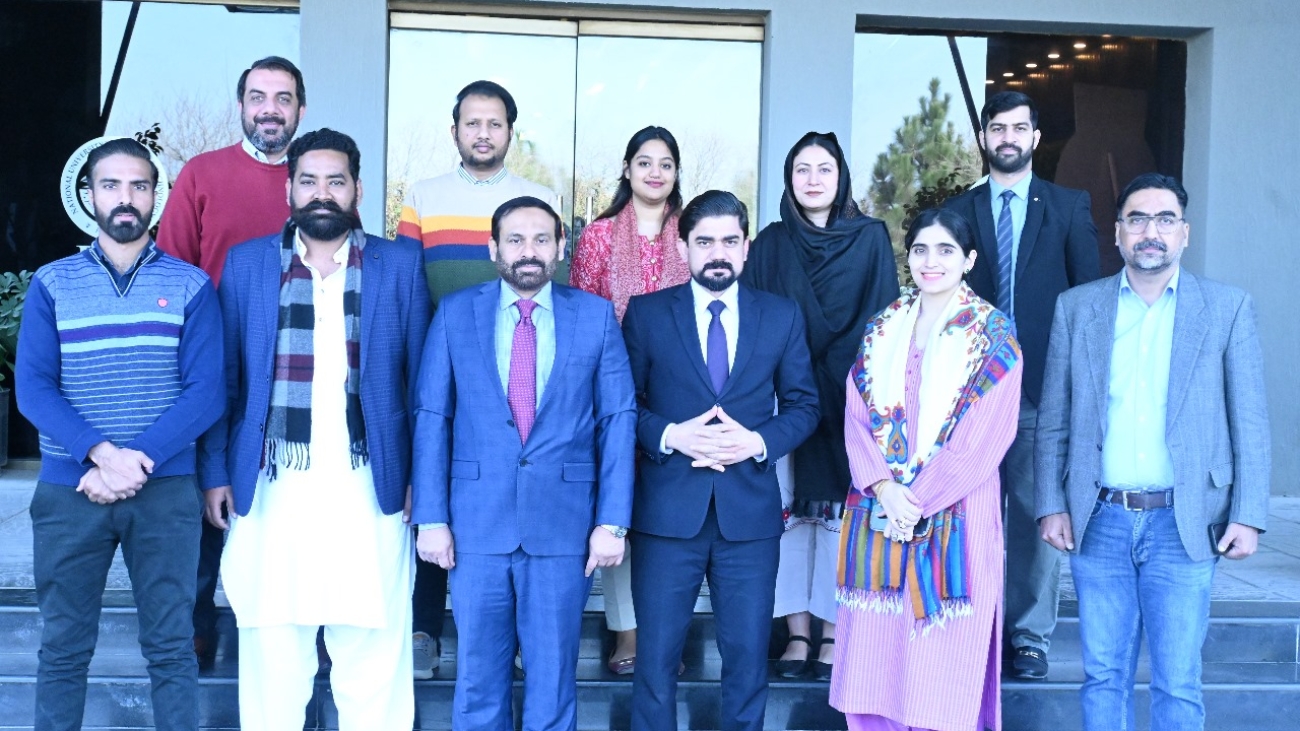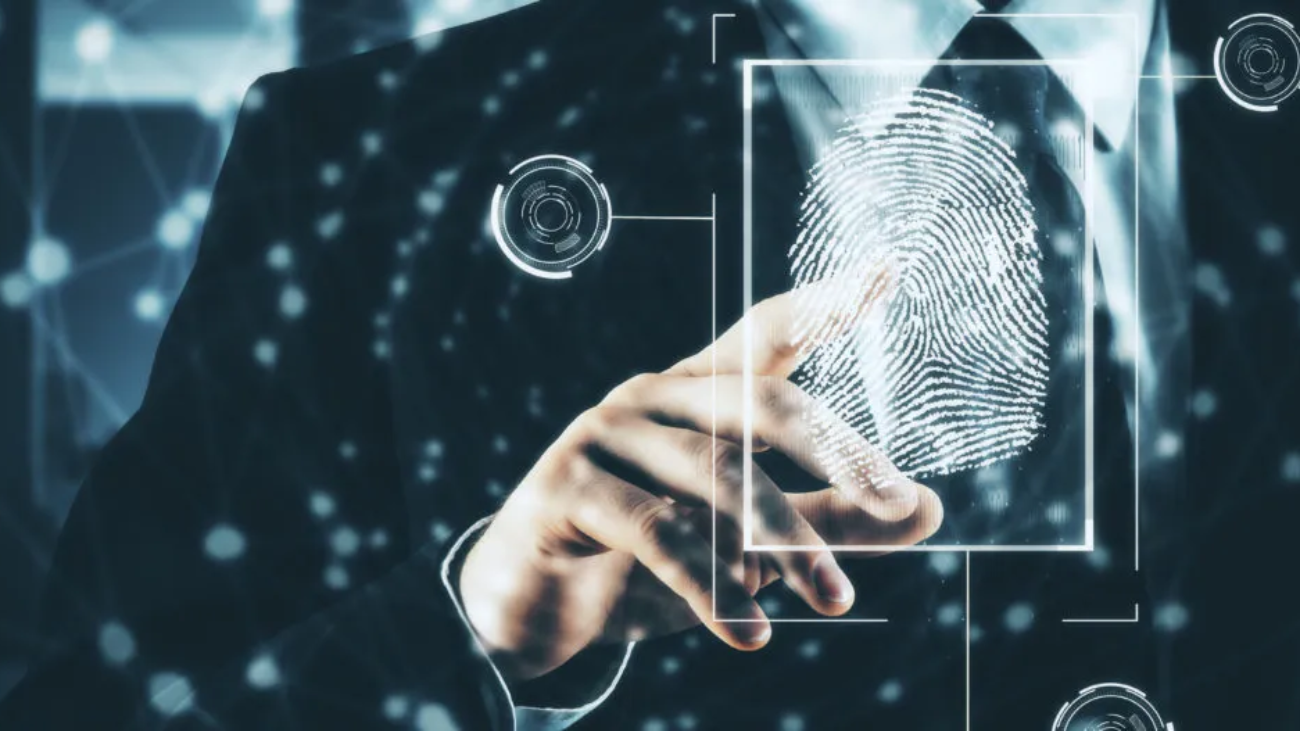IFAP and NUST PDC Forge Strategic Partnership to Advance Financial Integrity
The Institute of Forensic Accountants of Pakistan (IFAP) and the National University of Sciences & Technology Professional Development Centre (NUST PDC) have formalized a strategic partnership through the signing of a Document of Understanding (DoU) today. This collaboration establishes a comprehensive framework for joint initiatives aimed at enhancing capacity building and promoting best practices within the financial and corporate sectors.
The DoU outlines ten key objectives, including:
- Collaborative efforts in forensic accounting, auditing, finance, and corporate governance.
- Exploration of emerging technologies such as AI, blockchain, and cybersecurity.
- Joint organization of training programs, seminars, and conferences.
- Promotion of financial literacy and ethical practices.
- Collaborative research and publication initiatives.
- Development of joint certification programs.
- Innovation in fraud detection and risk management.
- International collaboration through shared networks.
- Integration of sustainability and ESG principles.
- Advancement of corporate social responsibility.
The signing ceremony, attended by officials from both IFAP and NUST PDC, underscored the commitment of both organizations to this joint initiative. Dr. Tahir Iqbal, Secretary/Member Executive Council of IFAP, and Mr. Muhammad Ali Khan, General Manager of NUST PDC, formally signed the DoU.
This partnership is poised to significantly contribute to the advancement of financial integrity and professional development in Pakistan.










